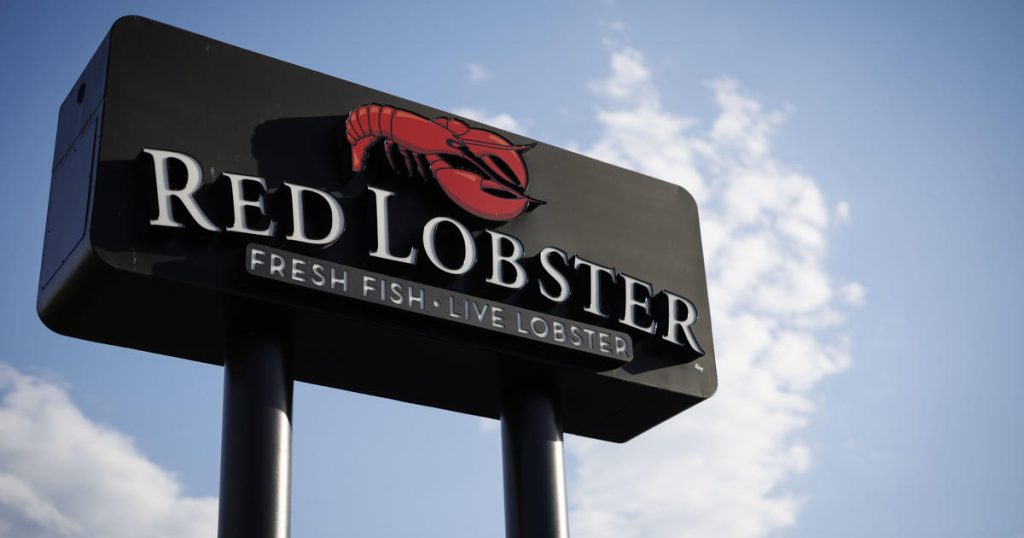Red Lobster, the popular seafood chain known for its affordable seafood and cheddar bay biscuits, has announced plans to close nearly two dozen more restaurants after filing for bankruptcy. The closures are part of the company’s efforts to streamline operations and prepare for acquisition. This move comes after the closure of over 100 Red Lobster outlets earlier in the year. The chain filed for Chapter 11 bankruptcy in May due to weak growth, mounting competition, heavy debt, and mismanagement.
After the latest round of closures, Red Lobster will have roughly 500 restaurants remaining. The company is in the process of being acquired by Fortress Investment Group, which recently provided a $100 million loan to help keep the chain operational. Fortress also owns other restaurant chains such as Krystal, Logan’s Roadhouse, and J. Alexander’s. The former CEO of P.F. Chang’s, Damola Adamolekun, has been appointed to lead Red Lobster. The plan for Red Lobster to exit Chapter 11 bankruptcy will need to be approved by a Florida bankruptcy judge.
Red Lobster was founded in 1968 in Lakeland, Florida, by Bill Darden and eventually grew into a nationwide chain offering affordable seafood options. The additional locations that Red Lobster plans to close by August 31 include restaurants in states such as Arizona, California, Colorado, Florida, Georgia, Illinois, Indiana, Minnesota, Missouri, New York, North Carolina, Ohio, South Carolina, and Virginia. The closures are part of the company’s restructuring efforts to focus on its most profitable locations and improve overall performance.
The closure of these additional restaurants is expected to help Red Lobster reduce costs and improve its financial stability as it navigates its way out of bankruptcy. The company’s decision to close these locations reflects the challenges faced by many restaurant chains in recent years, including increased competition, changing consumer preferences, and economic uncertainty. By focusing on its core operations and strengthening its financial position, Red Lobster aims to emerge from bankruptcy stronger and more competitive in the restaurant industry.
The acquisition by Fortress Investment Group and the appointment of a new CEO signal a new chapter for Red Lobster as it works towards a successful turnaround. With a focus on operational efficiency, financial restructuring, and strategic decision-making, Red Lobster is seeking to position itself for long-term success in a highly competitive market. The closure of additional restaurants is just one step in the company’s broader efforts to revitalize its brand, enhance customer experience, and ensure its continued presence in the seafood restaurant sector.


